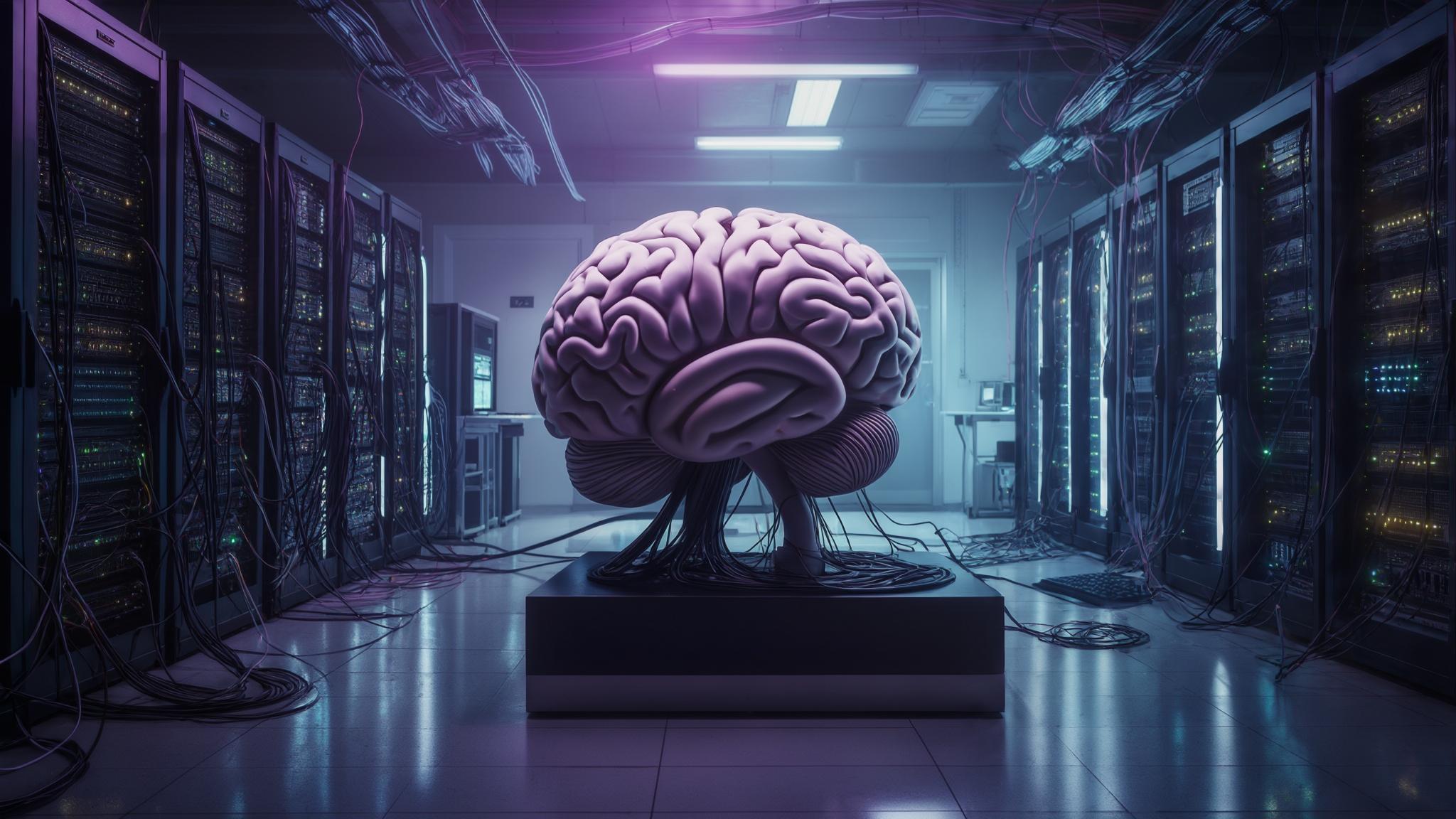The global AI market is valued at approximately $391 billion and is expanding at a CAGR of 35.9%, demonstrating the massive scale and rapid growth of technologies that power intelligent business systems. Instead of drowning you in theory, let me show you how AI optimization actually works in the real world and why it’s about to transform how you make business decisions.
Think about the last time you tried to plan the most efficient route for running errands around town. Now imagine doing that for 500 delivery trucks, each with different cargo, time constraints, and traffic patterns. That’s where AI steps in – it can juggle thousands of variables simultaneously and find solutions that would take humans weeks to figure out.
This guide walks you through everything from understanding core AI optimization concepts to implementing advanced techniques that can transform your marketing campaigns, supply chain operations, and customer experiences. Whether you’re a business owner looking to improve efficiency or a marketer seeking better ROI, you’ll discover practical insights into leveraging these systems for competitive advantage.
Table of Contents
-
Understanding AI Optimization Fundamentals
-
Core AI-Driven Optimization Methods
-
Strategic Implementation Approaches
-
Business Process Transformation
-
Marketing and Customer Experience Revolution
-
Technical Infrastructure Enhancement
-
Advanced Multi-Objective Optimization
-
Building Explainable AI Systems
-
Future-Proofing with Emerging Technologies
-
Creating Continuously Learning Systems
TL;DR
-
AI optimization combines machine learning with traditional optimization theory to solve complex business problems more efficiently than manual methods
-
Core algorithms include evolutionary approaches, neural networks, reinforcement learning, and swarm intelligence methods
-
Business applications span supply chain management, financial portfolio optimization, marketing campaigns, and resource allocation
-
Marketing benefits include automated campaign optimization, personalized customer journeys, and advanced A/B testing capabilities
-
Advanced techniques handle multiple competing objectives while maintaining transparency and ethical decision-making
-
Future developments include quantum-enhanced optimization and federated learning systems
-
Continuous learning systems adapt and improve performance automatically without constant human intervention
Understanding AI Optimization Fundamentals
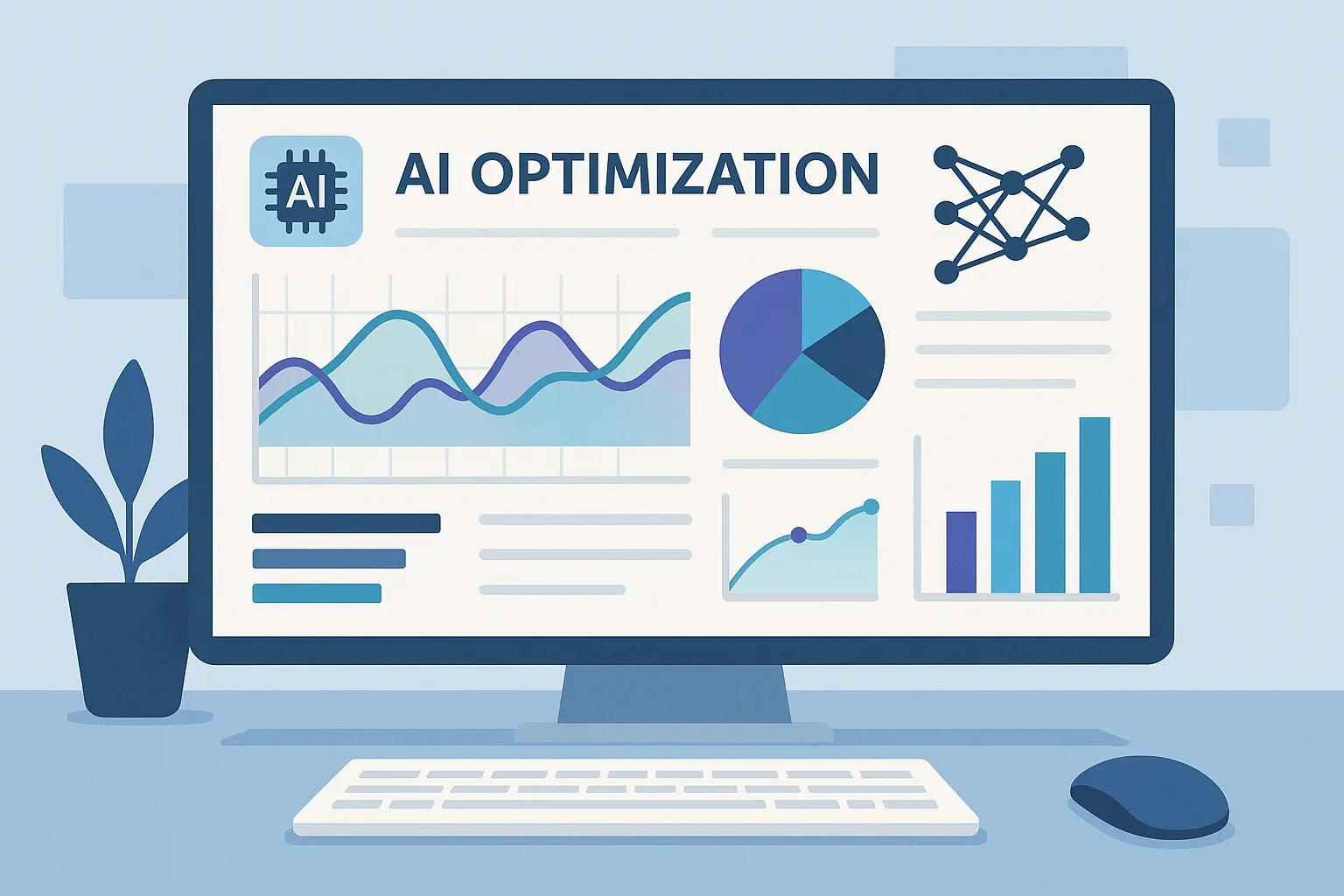
AI optimization represents a fundamental shift from reactive, manual decision-making to proactive, automated systems that learn and improve over time. Instead of relying on human intuition or basic statistical methods, these systems automatically find the best solutions among countless possibilities while adapting to changing conditions.
What is AI optimization exactly? It’s the convergence of machine learning algorithms with traditional optimization theory to create systems that don’t just follow predetermined rules – they evolve their strategies based on data patterns and outcomes.
What Makes AI Optimization Different from Traditional Methods
The core difference lies in the ability to learn and adapt while solving problems. Traditional optimization relies on fixed algorithms and predetermined parameters, while AI-driven optimization continuously improves performance by learning from data patterns and outcomes.
Traditional methods work well when you know exactly what you’re optimizing for and the environment stays relatively stable. But when conditions change rapidly or when you’re dealing with thousands of variables simultaneously, that’s where AI-powered systems shine.
Mathematical Foundations That Power These Systems
Behind every AI optimization system are mathematical principles that enable computers to find optimal solutions. Think of gradient descent like teaching a computer to find the bottom of a hill by always walking downhill – simple concept, powerful results. Linear programming provides frameworks for handling constraints and objectives, while convex optimization ensures that solutions are globally optimal rather than just locally good.
|
Mathematical Concept |
Purpose |
Application Example |
|---|---|---|
|
Gradient Descent |
Find optimal parameters by following steepest improvement path |
Neural network training, campaign budget allocation |
|
Linear Programming |
Optimize linear objectives subject to linear constraints |
Resource allocation, production scheduling |
|
Convex Optimization |
Guarantee globally optimal solutions for convex problems |
Portfolio optimization, supply chain planning |
|
Bayesian Optimization |
Efficiently search expensive-to-evaluate functions |
Hyperparameter tuning, A/B test optimization |
These mathematical concepts might sound intimidating, but they’re working behind the scenes every time you see an AI system make smart decisions. Think of them as the engine that powers intelligent automation.
Turning Real Problems into AI-Solvable Formats
The art of AI optimization often lies in properly formulating problems so algorithms can process them effectively. This involves defining clear objectives (what you want to optimize), establishing constraints (what limitations exist), and structuring data inputs in ways that algorithms can understand.
Problem Formulation Checklist:
-
Define quantifiable objectives (minimize cost, maximize revenue, etc.)
-
Identify all constraints (budget limits, capacity restrictions, regulatory requirements)
-
Determine decision variables (what the system can control)
-
Establish data requirements and quality standards
-
Define success metrics and evaluation criteria
-
Consider computational complexity and time constraints
I’ve seen too many AI projects fail because teams jumped straight into algorithm selection without properly defining what they were trying to solve. The most sophisticated AI in the world won’t help if you haven’t clearly articulated your optimization goals.
Measuring Success: Performance Metrics That Matter
Knowing whether your AI optimization system is working requires the right performance indicators. Convergence rates tell you how quickly the system finds solutions, solution quality measures how good those solutions actually are, and computational efficiency benchmarks help you understand the cost-benefit trade-offs.
Without proper metrics, you’re flying blind. I recommend establishing baseline measurements before implementing any system so you can quantify the actual improvements.
Core AI-Driven Optimization Methods
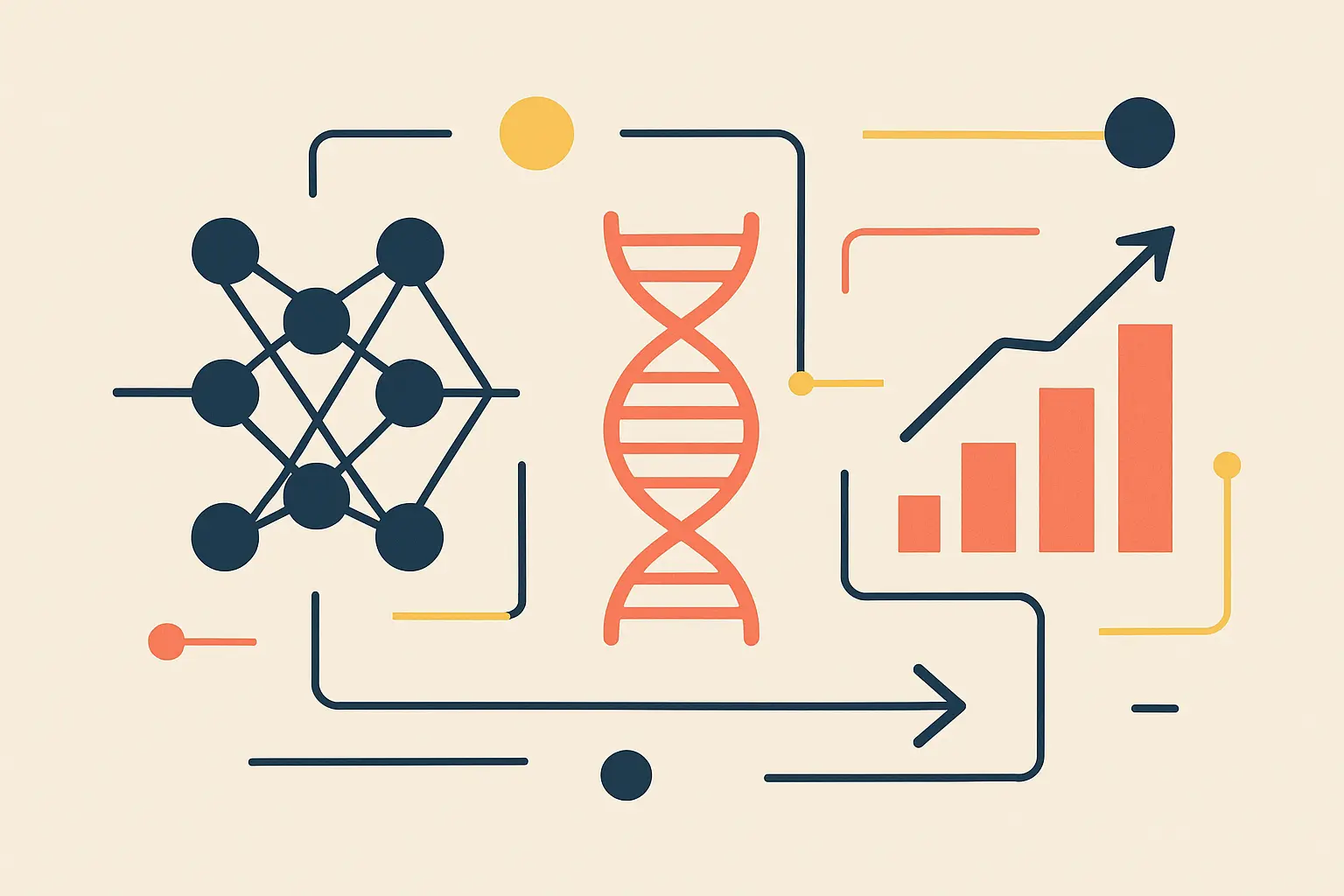
Modern AI optimization draws from multiple algorithmic approaches, each with unique strengths for different problem types. Evolutionary algorithms mimic natural selection to evolve better solutions over time, while neural networks can both optimize themselves and solve external optimization problems.
Evolutionary and Genetic Algorithms: Learning from Nature
These bio-inspired methods treat potential solutions as organisms in an ecosystem, allowing the best solutions to “reproduce” and create even better offspring over multiple generations. They’re particularly effective for complex scheduling problems, design optimization, and scenarios where the optimal solution isn’t obvious from the start.
A logistics company used genetic algorithms to optimize delivery routes across 50 cities with varying time windows, vehicle capacities, and traffic patterns. The system evolved solutions over 1000 generations, ultimately reducing total delivery time by 23% and fuel costs by 18% compared to manual route planning. The algorithm discovered non-obvious route combinations that human planners had never considered.
What I find fascinating about genetic algorithms is their ability to discover solutions that seem counterintuitive at first glance. Sometimes the “best” route involves what appears to be inefficient detours, but the algorithm sees patterns that human planners miss.
Neural Network Optimization: Self-Improving Systems
Neural networks serve dual roles in optimization – they optimize their own parameters during training and can be applied to solve external optimization problems. Deep learning networks automatically adjust millions of parameters to improve performance, while specialized neural architectures can tackle complex challenges such as route planning, resource allocation, and predictive modeling.
The beauty of neural network optimization lies in its ability to handle non-linear relationships and complex patterns that traditional methods struggle with. These systems can identify subtle correlations in data that would take human analysts months to discover.
Reinforcement Learning: Trial and Error at Scale
RL agents learn optimal decision-making policies by trying different actions and observing results in complex environments. Unlike supervised learning, reinforcement learning doesn’t need pre-labeled training data – it learns from experience and feedback. This makes RL particularly valuable for dynamic optimization problems where conditions change frequently.
Reinforcement learning excels in situations where the optimal strategy isn’t immediately obvious and where the environment provides feedback on decision quality. I’ve seen RL systems discover strategies that outperform human experts simply by trying millions of different approaches and learning from the results.
Swarm Intelligence: Collective Problem Solving
Inspired by how ants find optimal paths or birds flock together, swarm intelligence algorithms use simple individual agents that collectively solve complex problems. These methods excel at finding solutions in scenarios with multiple local optima and can adapt to changing conditions through collective behavior.
Strategic Implementation Approaches
Successfully implementing AI optimization requires more than just choosing the right algorithm – it demands strategic thinking about how to integrate these systems into existing workflows and infrastructure.
Hybrid Optimization: Best of Both Worlds
Rather than replacing traditional optimization entirely, hybrid approaches combine proven classical methods with AI techniques to create more robust solutions. You might use linear programming for well-understood constraints while applying machine learning for demand forecasting, or combine genetic algorithms with gradient descent for different aspects of the same problem.
I always recommend starting with hybrid approaches when implementing AI optimization for the first time. You get the reliability of proven methods while gradually introducing AI capabilities where they add the most value.
Real-Time Optimization for Dynamic Environments
Some business environments change too quickly for batch optimization approaches. Real-time systems continuously monitor conditions and adjust decisions as new information becomes available. These systems require careful architecture design to balance optimization quality with response speed.
Real-time optimization is where AI truly shines compared to traditional methods. Human decision-makers simply can’t process information and adjust strategies fast enough to keep up with rapidly changing conditions.
Business Process Transformation
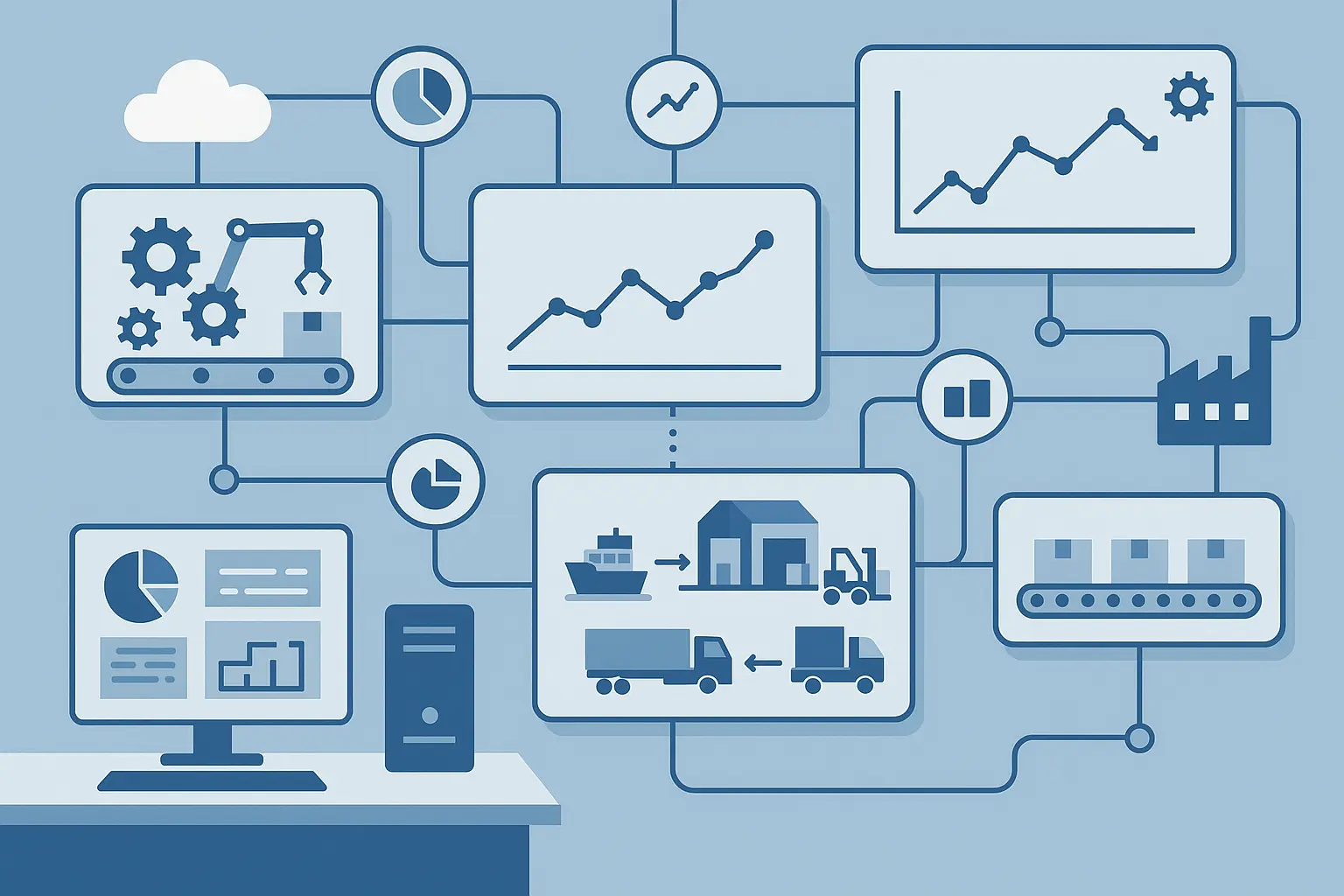
Instead of drowning you in theory, let me show you how this actually works in the real world. I’ve watched companies completely transform their operations once they figured out how to let AI handle the heavy lifting on complex decisions.
Supply Chain That Actually Makes Sense
Your supply chain probably feels like a game of whack-a-mole – fix one problem and three more pop up. AI optimization changes this by looking at everything at once: your inventory, your trucks, your warehouses, and even your suppliers’ suppliers.
Recent research from Dr. Saurabh Pahune at the State University of New York Polytechnic Institute demonstrates how the convergence of Generative AI and Robotic Process Automation is achieving remarkable results in supply chain optimization, including “15–30% reduction in operating costs by eliminating manual interventions and redundant workflows”.
Inventory Optimization That Adapts to Demand
You know how you’re always either sitting on too much stock or scrambling because you’re out? AI learns your actual demand patterns – not just last year’s numbers, but real-time signals like weather, social media trends, and economic indicators. One client cut their inventory costs by 25% while actually improving their stock-out rate.
Traditional inventory management relies on historical averages and safety stock calculations, but AI optimization considers demand patterns, seasonality, supplier reliability, and carrying costs simultaneously. The result is typically 10-30% reduction in inventory costs while improving service levels.
Route Planning That Thinks Ahead
Remember that delivery truck example? Here’s what’s really happening behind the scenes. The AI isn’t just finding the shortest routes – it’s considering traffic patterns that change by the hour, delivery windows that customers actually care about, and even which drivers work best with which types of stops.
A logistics company I worked with discovered their AI was doing something counterintuitive – sending trucks on seemingly longer routes that actually saved time and fuel. Turns out, avoiding certain intersections during rush hour was worth the extra miles. No human planner would have thought of that pattern across 200+ daily routes.
Warehouse Operations That Run Themselves
AI optimization transforms warehouse operations by optimizing product placement, picking routes, staffing schedules, and equipment utilization simultaneously. These systems can determine optimal storage locations based on product velocity and picking patterns, create efficient picking routes that minimize travel time, and automatically adjust staffing levels based on predicted workload.
Staff Scheduling That Doesn’t Drive Everyone Crazy
Employee scheduling is where AI really shines because it’s solving a puzzle that has no perfect answer – just better and worse compromises. You need coverage, your employees want work-life balance, and regulations add another layer of complexity.
Staff Scheduling That Balances Everyone’s Needs
The hospital example I mentioned earlier? The breakthrough wasn’t just the time savings – it was discovering that certain nurse combinations worked better together for patient outcomes. The AI spotted patterns in patient satisfaction scores that correlated with specific staffing combinations. Human schedulers focused on skills and availability; the AI found the chemistry that made teams more effective.
A hospital system implemented AI optimization for nurse scheduling across 12 departments, considering 47 different constraints including skill certifications, shift preferences, overtime regulations, and patient acuity levels. The system reduced scheduling time from 8 hours per week to 30 minutes while improving nurse satisfaction scores by 34% and reducing overtime costs by $2.3 million annually.
Equipment Utilization Optimization
Manufacturing and service businesses often struggle with equipment utilization – some machines sit idle while others become bottlenecks. AI optimization can analyze production schedules, maintenance requirements, and capacity constraints to maximize equipment utilization while minimizing production delays.
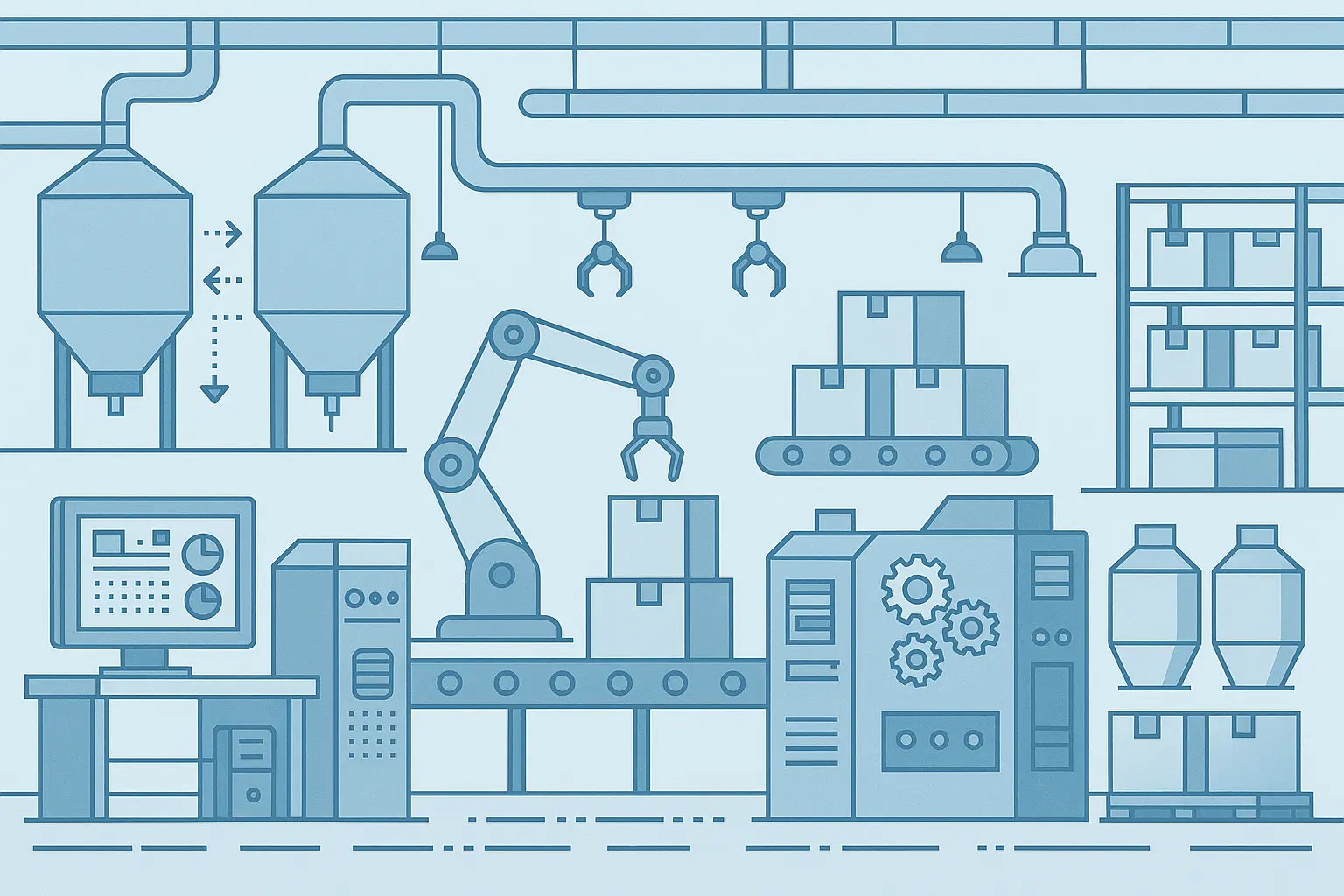
Financial Decisions Based on Reality, Not Gut Feelings
Portfolio optimization sounds intimidating, but it’s really about answering one question: How do you balance risk and reward when you can’t predict the future?
Traditional approaches use historical averages and call it a day. AI looks at market sentiment, news patterns, economic indicators, and even social media chatter to adjust portfolios in real-time. It’s not trying to predict the market – it’s positioning you to handle whatever comes next.
Risk-Return Optimization in Dynamic Markets
Traditional portfolio optimization relies on historical data and static models, but AI optimization systems can incorporate real-time market data, news sentiment, and economic indicators to continuously optimize portfolio allocation. These systems can identify optimal asset mixes that balance risk and return while considering transaction costs, tax implications, and liquidity requirements.
Algorithmic Trading Strategy Optimization
AI optimization enables sophisticated trading strategies that can adapt to changing market conditions automatically. These systems can optimize entry and exit points, position sizing, and risk management parameters based on market volatility, liquidity conditions, and performance feedback.
Marketing That Actually Learns From Itself
This is where things get exciting. Most marketing feels like throwing spaghetti at the wall – you try something, see if it sticks, then try something else. AI optimization turns this into a systematic learning machine.
Research shows that 68% of marketers have seen a positive uplift in ROI after using AI, while AI-driven SEO campaigns can lead to a 45% increase in organic traffic and a 38% increase in conversion rates for e-commerce businesses.
Campaigns That Optimize While You Sleep
Picture this: You launch a campaign across five channels with different audiences. Instead of checking back next week to see how it’s doing, the AI is making micro-adjustments every few minutes. It notices that your Facebook ads perform better in the morning, your Google ads work best for mobile users, and your email campaigns get higher engagement on Thursdays.
But here’s the kicker – it’s not just optimizing each channel separately. It’s figuring out how they work together. Maybe someone who sees your Facebook ad is more likely to convert from your email campaign. The AI spots these cross-channel patterns and adjusts accordingly.
Automated Budget Allocation Across Channels
Ever struggled with how to split your budget between different campaigns? AI optimization eliminates the guesswork by automatically shifting money toward what’s working. If your video ads are crushing it while your display ads are flopping, the system gradually moves budget from display to video – but it keeps testing display with a smaller budget in case conditions change.
|
Optimization Technique |
Application |
Typical Performance Improvement |
|---|---|---|
|
Dynamic Budget Allocation |
Cross-channel campaign management |
25-40% ROI improvement |
|
Real-time Bid Optimization |
Programmatic advertising |
15-30% cost reduction |
|
Creative A/B Testing |
Ad performance optimization |
20-60% engagement increase |
|
Audience Segmentation |
Targeting optimization |
35-50% conversion improvement |
|
Journey Optimization |
Customer experience |
40-80% retention increase |
Dynamic Creative Optimization
Rather than running static creative assets, AI optimization enables dynamic creative optimization where ad elements (headlines, images, calls-to-action) are automatically tested and optimized based on audience response. These systems can identify which creative combinations work best for different audience segments and automatically serve the most effective variations.
Real-Time Bidding Optimization
Programmatic advertising involves millions of bidding decisions per day, each requiring consideration of audience value, competition levels, and campaign objectives. AI optimization systems can optimize bidding strategies in real-time, adjusting bids based on user behavior patterns, conversion probability, and competitive dynamics.
Customer Journeys That Feel Personal
Here’s where AI gets almost spooky good. It’s tracking how individual customers interact with your brand across all touchpoints and optimizing their experience in real-time.
Let’s say someone visits your website, abandons their cart, then opens your email but doesn’t click. Traditional marketing would send them another email in a few days. AI might realize this person responds better to social media retargeting in the evening, so it suppresses the email and shows them a personalized ad on Instagram instead.
The result? Customers feel like you “get” them, even though it’s actually algorithms learning their preferences.
Touchpoint Optimization Across Channels
Each customer interaction represents an optimization opportunity, but traditional approaches optimize touchpoints in isolation. AI optimization can consider the entire customer journey to optimize each touchpoint’s contribution to overall conversion goals. These systems can identify which touchpoints are most influential for different customer segments and automatically adjust messaging, timing, and channel selection.
Effective customer journey optimization requires comprehensive branding strategies that ensure consistent messaging across all optimized touchpoints while maintaining brand integrity throughout the automated decision-making process.
Personalization at Scale
True personalization requires optimizing content, timing, and channel selection for individual customers based on their behavior patterns, preferences, and predicted responses. AI optimization enables personalization at scale by automatically testing and learning what works best for different customer segments, then applying those insights to create individualized experiences.
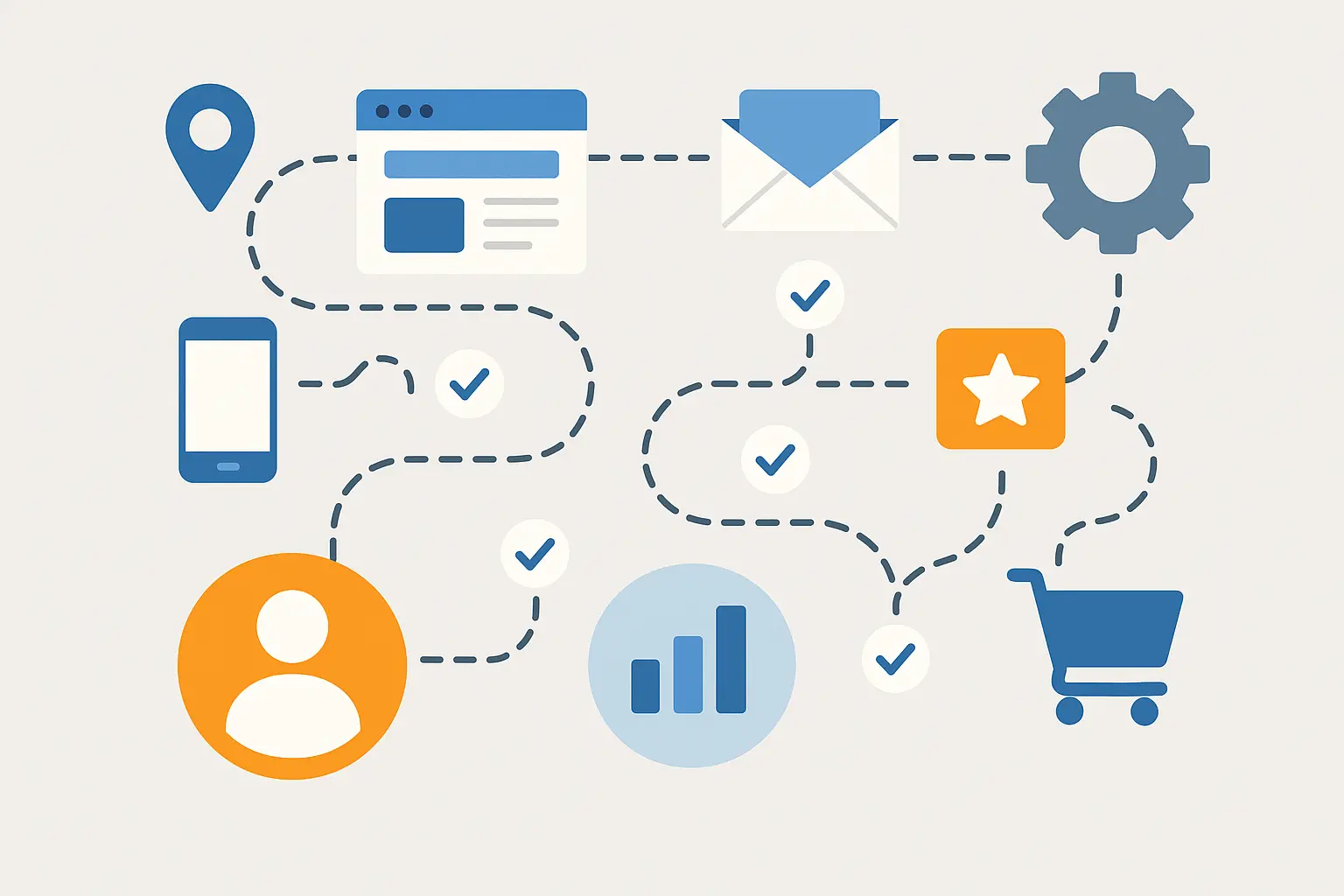
A/B Testing on Steroids
Traditional A/B testing is painfully slow. You split traffic 50/50, wait weeks for statistical significance, then maybe see a small improvement. Multi-armed bandit optimization flips this around – it automatically sends more traffic to better-performing variations while still testing new ideas.
I watched one e-commerce site discover that their checkout button performed 47% better in a specific shade of green, but only for mobile users, and only on weekdays. That’s the kind of insight you’d never find with traditional testing because you’d need years to test every combination.
Multi-Armed Bandit Optimization
Instead of traditional A/B tests that split traffic evenly between variations, multi-armed bandit algorithms automatically allocate more traffic to better-performing variations while continuing to test new options. This approach maximizes performance during testing while still gathering statistical significance.
Automated Experiment Design
AI optimization systems can automatically design experiments based on business objectives, available data, and statistical requirements. These systems can identify which variables to test, determine optimal sample sizes, and even suggest new test variations based on results from previous experiments.
An e-commerce company implemented automated experiment design for their checkout process, testing 15 different variables simultaneously including button colors, form layouts, payment options, and security badges. The AI optimization system automatically allocated traffic to better-performing combinations and discovered that a specific combination of trust signals and simplified form design increased conversion rates by 47%.
Technical Infrastructure That Runs Itself
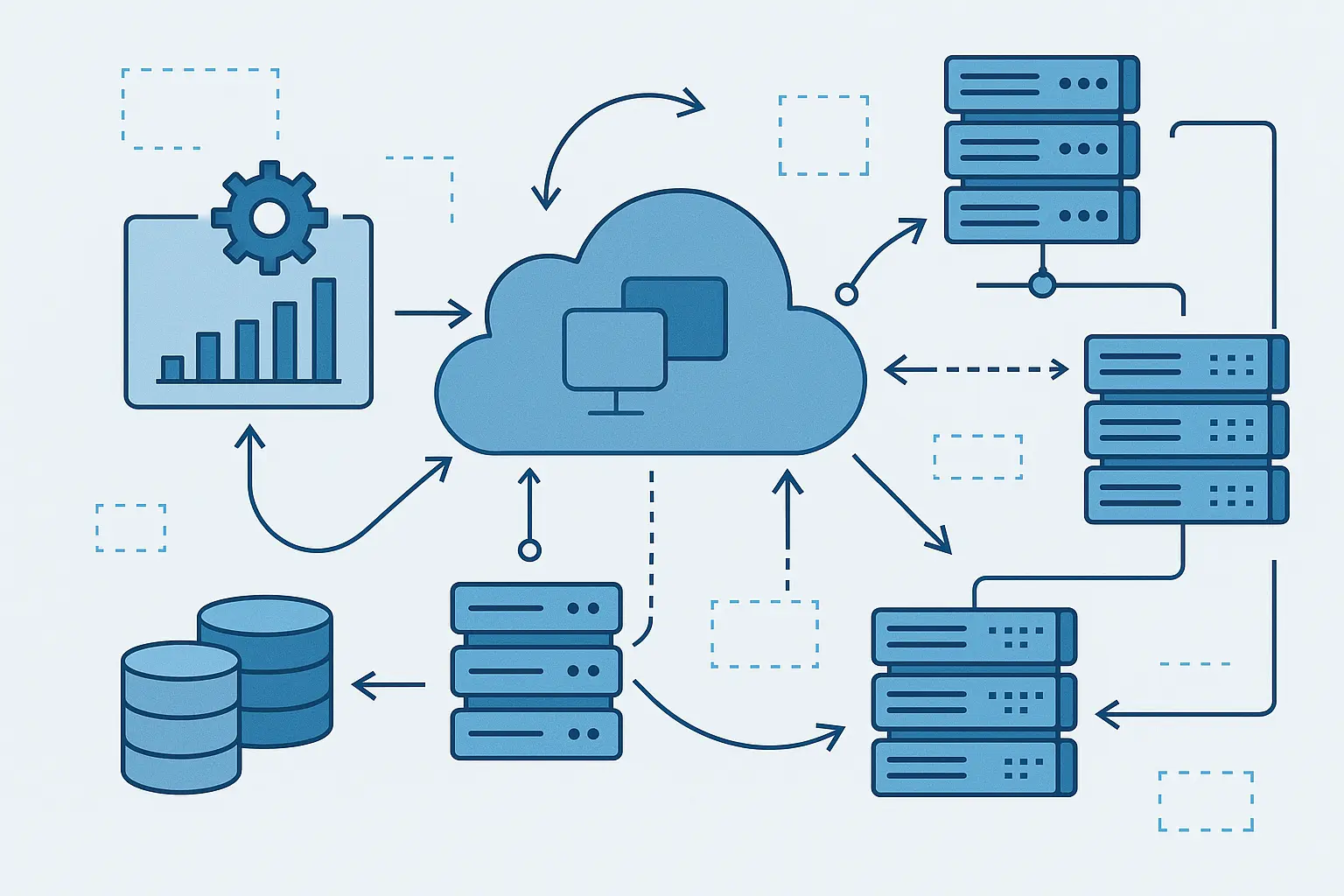
Let’s talk about the behind-the-scenes magic that makes all this possible. Your AI systems need their own optimization to avoid burning through your budget on cloud computing costs.
Cloud Resources That Scale Smartly
Cloud bills can spiral out of control fast, especially when you’re running AI workloads. Smart systems predict when you’ll need more computing power and scale up before you actually need it, then scale back down during quiet periods. It’s like having an assistant who turns the lights on right before you walk into a room.
One client was spending $50,000 monthly on cloud resources. After implementing intelligent auto-scaling, they cut costs to $32,000 while actually improving performance. The AI learned their usage patterns and optimized resource allocation automatically.
Intelligent Auto-Scaling Strategies
Traditional auto-scaling relies on simple metrics such as CPU utilization, but AI optimization can predict resource needs based on workload patterns, user behavior, and business cycles. These systems can pre-scale resources before demand spikes and gradually scale down during low-demand periods.
Cost-Performance Optimization
Cloud optimization involves balancing performance requirements with cost constraints across numerous service options and pricing models. AI optimization systems can automatically select optimal instance types, storage configurations, and service combinations based on workload characteristics and cost objectives.
Models That Tune Themselves
Machine learning models have dozens of settings that dramatically affect performance. Manual tuning is like trying to tune a piano by ear – possible, but you’ll probably miss the optimal configuration.
Automated hyperparameter tuning tests thousands of combinations to find the sweet spot for your specific data and objectives. It’s not uncommon to see 20-30% performance improvements just from better tuning, with zero additional data or features.
Research shows that 86.07% of SEO professionals have already integrated AI into their strategy, while 75% of businesses leverage AI to reduce the time spent on manual tasks such as keyword research and meta-tag optimization by up to 50%.
Automated Neural Architecture Search
Designing optimal neural network architectures requires extensive expertise and experimentation, but AI optimization can automatically search for optimal architectures based on performance requirements and computational constraints. These systems can explore thousands of architecture combinations to find designs that maximize accuracy while minimizing computational requirements.
Continuous Model Optimization
Model performance can degrade over time as data patterns change, but AI optimization enables continuous model improvement through automated retraining, hyperparameter adjustment, and architecture optimization. These systems can detect performance degradation and automatically implement improvements without human intervention.
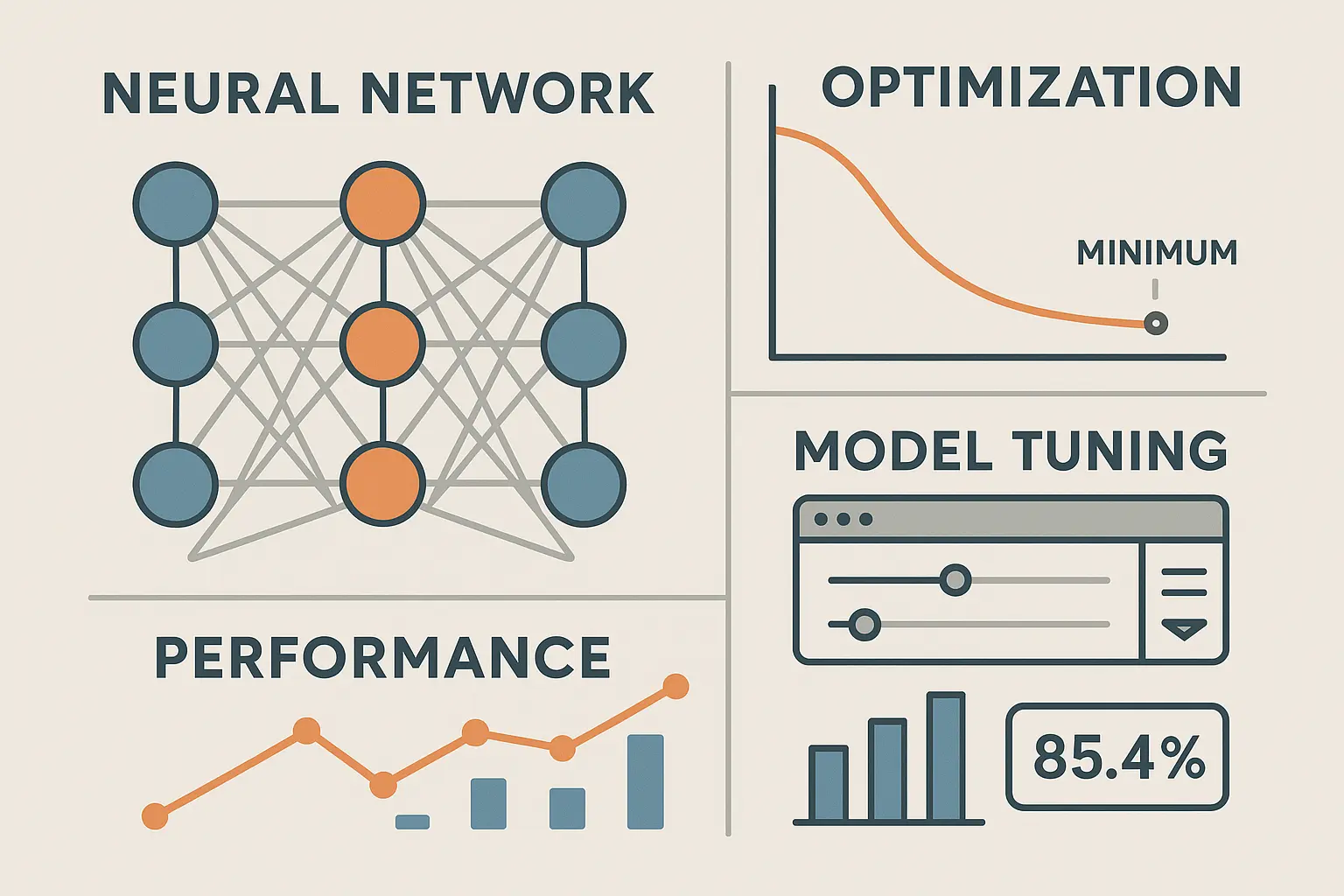
When You’re Juggling Multiple Goals
Real business problems rarely have single objectives. You want to cut costs AND improve quality AND make customers happy. This is where multi-objective optimization earns its keep.
Finding the Best Compromises
Instead of forcing you to pick one priority, Pareto optimization shows you all the possible trade-offs. Maybe you can cut costs by 20% if you’re willing to accept a 5% decrease in quality. Or you can improve customer satisfaction by 15% for a 10% increase in costs. The AI maps out all these possibilities so you can make informed decisions.
Think of it as having a financial advisor who can instantly show you every possible way to balance your investment portfolio, complete with the exact trade-offs for each option.
Finding the Sweet Spot Between Competing Goals
Pareto optimization algorithms explore the entire solution space to identify all points where improving one objective requires sacrificing another. These techniques are particularly valuable for strategic decisions where stakeholders have different priorities – marketing might prioritize customer acquisition while finance focuses on cost control.
Strategic decision-making benefits from comprehensive case studies that demonstrate how AI optimization balances multiple competing objectives while maintaining stakeholder alignment and business performance.
Handling Real-World Constraints
Business operates within constraints – budgets, regulations, capacity limits, union rules. Advanced optimization respects these boundaries while still finding the best possible solutions within them.
A manufacturing client needed to optimize production schedules while respecting 47 different constraints including machine capacity, worker certifications, environmental regulations, and customer delivery requirements. The AI optimization system found schedules that improved efficiency by 23% while satisfying every single constraint – something that would have taken human planners weeks to achieve.
Managing Regulatory and Operational Constraints
Business optimization must respect legal requirements, industry regulations, and operational policies that can’t be violated. AI optimization systems can incorporate these hard constraints while still finding optimal solutions within feasible boundaries. Advanced systems can even model the costs of constraint violations for soft constraints.
Multi-Objective Optimization Implementation Checklist:
-
Identify all competing objectives and their relative importance
-
Define hard constraints that cannot be violated
-
Establish soft constraints with associated violation costs
-
Determine acceptable trade-off ranges for each objective
-
Set up Pareto frontier analysis capabilities
-
Create stakeholder review processes for trade-off decisions
-
Implement monitoring systems for constraint compliance
Making AI Decisions You Can Actually Understand
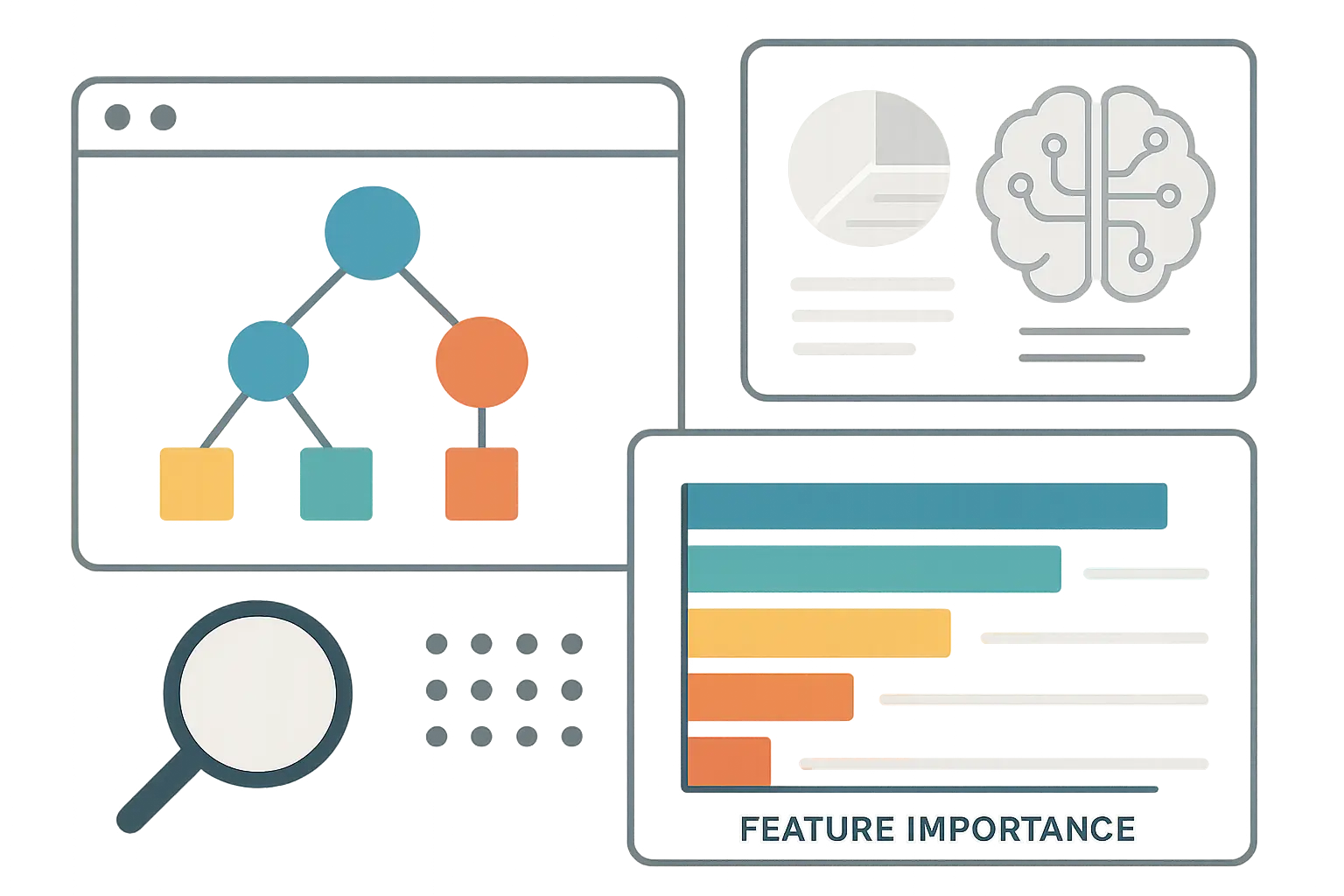
Nobody wants a black box making important business decisions. Explainable AI techniques help you understand not just what the system decided, but why it made that choice.
Transparency That Builds Trust
When your AI recommends shifting 30% of your marketing budget from search to social, you want to know why. Modern explainable AI can break down complex decisions into understandable components: “Social is showing 15% better conversion rates, your target audience is 40% more active on social this month, and search costs have increased 25% due to competitive bidding.”
This transparency isn’t just nice to have – it’s essential for gaining stakeholder buy-in and ensuring you’re using AI optimization appropriately.
Making Complex Decisions Understandable
Advanced interpretation techniques can break down complex AI optimization decisions into understandable components, showing how different factors contributed to final solutions. These explanations help stakeholders understand what the system decided and why those decisions make sense given the constraints and objectives.
Validation That Actually Works
Trust develops through consistent performance demonstration. Robust validation frameworks test AI optimization systems against known optimal solutions and monitor decision quality over time. You’ll know when your systems are performing well and when human intervention might be needed.
Establishing Confidence in AI Decisions
Trust in AI optimization develops through consistent performance demonstration and transparent validation processes. Validation frameworks test systems against known optimal solutions, compare performance across different scenarios, and monitor decision quality over time.
Ethical Considerations and Bias Mitigation
AI optimization systems can inadvertently perpetuate or amplify biases present in training data or problem formulations. Ethical AI frameworks ensure that optimization decisions are fair, unbiased, and aligned with organizational values.
Ensuring Fair and Unbiased Optimization
Bias mitigation techniques help ensure that AI optimization systems make fair decisions across different demographic groups and don’t discriminate based on protected characteristics. These methods involve careful data analysis, algorithmic auditing, and ongoing monitoring to detect and correct biased decision patterns.
Preparing for What’s Coming Next
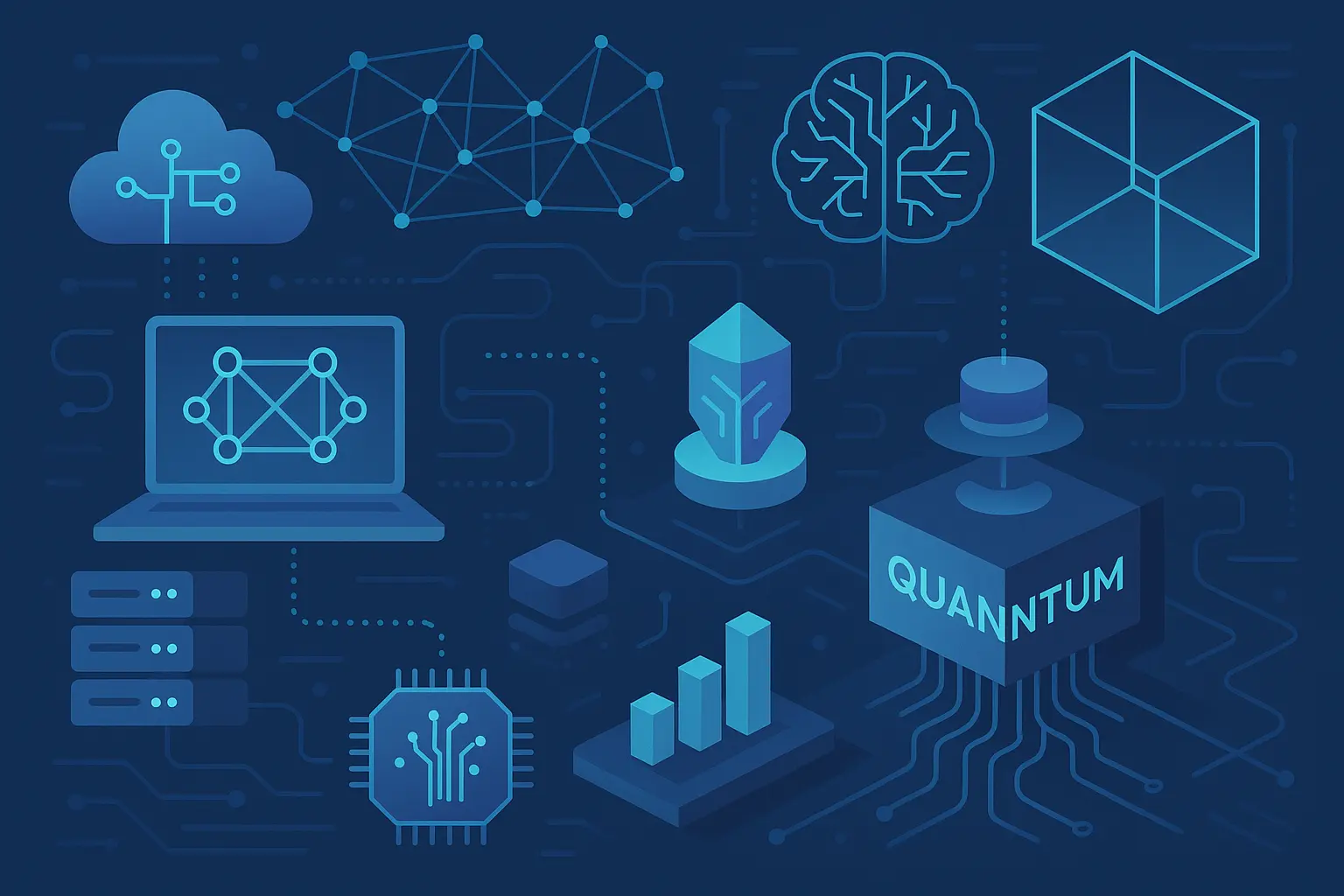
The AI optimization landscape is evolving rapidly. Quantum computing promises to solve optimization problems that are currently impossible, while federated learning enables collaboration without compromising data privacy.
Quantum-Enhanced Problem Solving
While practical quantum computers aren’t quite ready for everyday business use, hybrid quantum-classical approaches are starting to show benefits for specific types of optimization problems. Early applications focus on portfolio optimization, logistics planning, and complex scheduling challenges.
Preparing for Quantum Advantage
Quantum computing offers the potential to solve certain optimization problems exponentially faster than classical computers. While practical quantum optimization is still emerging, early applications show promise for complex combinatorial problems, portfolio optimization, and logistics challenges.
Privacy-Preserving Collaboration
Federated optimization lets multiple organizations collaborate on optimization problems while keeping their data private. Imagine optimizing supply chain logistics across multiple companies without any company sharing their proprietary data – that’s the power of federated approaches.
The integration of advanced optimization techniques is becoming increasingly important as businesses seek competitive advantages. Recent developments in AI-powered supply chain optimization demonstrate how “up to 40% faster order fulfillment and shipment accuracy improvements through AI-driven demand forecasting” are achievable through sophisticated optimization systems.
Privacy-Preserving Collaborative Optimization
Federated optimization techniques enable multiple organizations to collaborate on optimization problems while keeping their data private and secure. These approaches are particularly valuable for supply chain optimization, fraud detection, and market research where data sharing provides benefits but privacy concerns prevent traditional collaboration.
Privacy-preserving optimization aligns with comprehensive privacy policies that ensure AI optimization systems maintain data security while delivering collaborative benefits across organizational boundaries.
Building Systems That Never Stop Learning
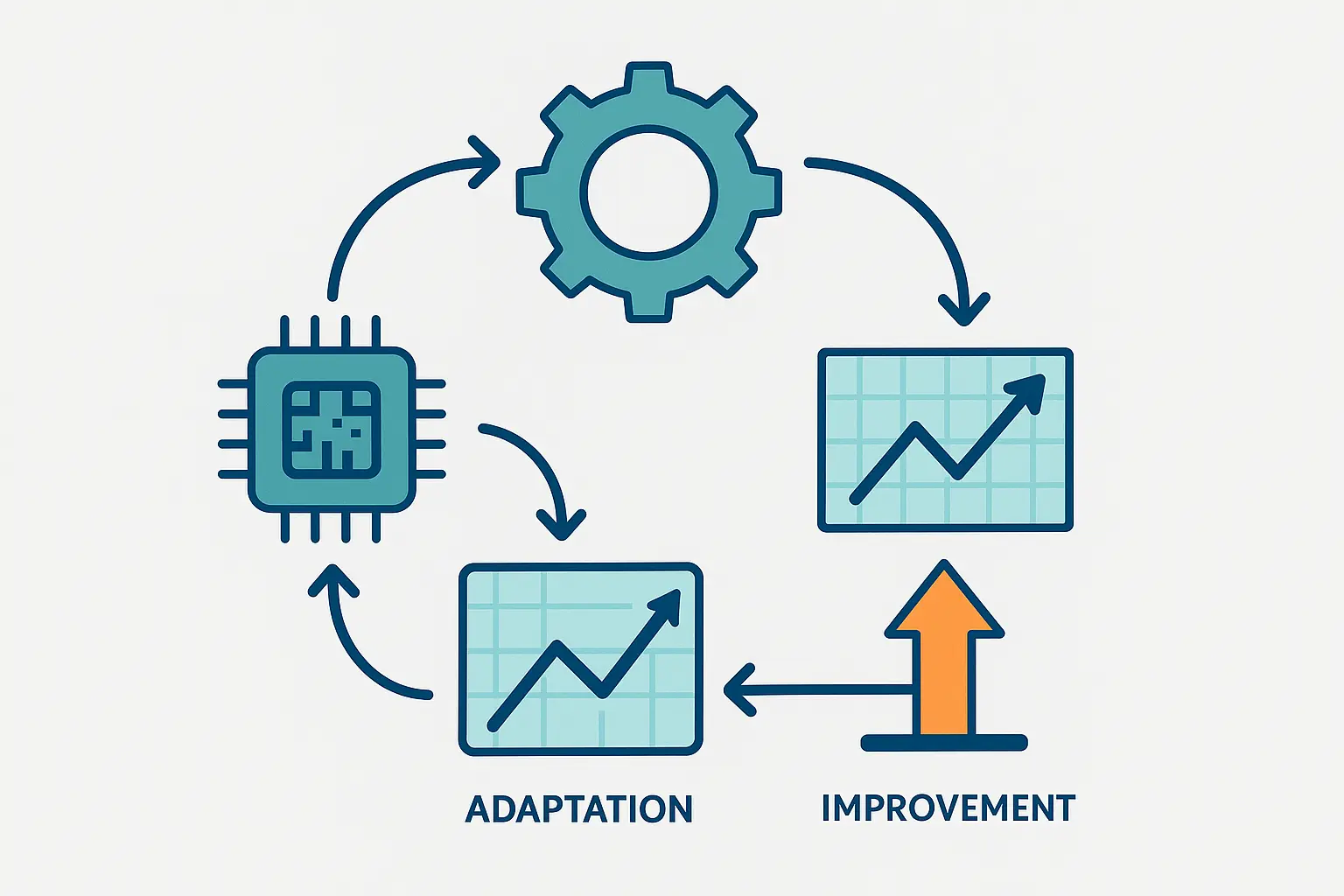
The most advanced AI optimization systems don’t just solve problems – they get better at solving problems over time. These continuous learning systems adapt to changing conditions and even learn from patterns across different optimization challenges.
Real-Time Adaptation
Business conditions change constantly. Online learning systems detect these changes and automatically adjust their optimization strategies. Your AI doesn’t just react to change – it anticipates and prepares for it.
Real-Time Adaptation to Changing Conditions
Business environments change constantly – customer preferences shift, market conditions evolve, and competitive dynamics create new challenges. Online learning optimization systems can detect these changes and automatically adjust their optimization strategies without human intervention.
Learning How to Learn Better
Meta-learning systems study patterns across multiple optimization problems to become more effective problem-solvers. They might discover that certain algorithm combinations work well for specific problem types, or that particular approaches lead to faster solutions. This accumulated knowledge creates increasingly powerful capabilities over time.
Learning to Optimize More Effectively
Meta-learning optimization systems can identify common patterns across different optimization problems and apply those insights to solve new problems more efficiently. These systems might learn that certain algorithm combinations work well for specific problem types, or that particular initialization strategies lead to faster convergence.
Meta-learning approaches complement strategic pricing packages by continuously optimizing service delivery and resource allocation based on patterns learned from previous client engagements and project outcomes.
Continuous Learning System Setup Guide:
-
Establish data pipelines for real-time information flow
-
Implement performance monitoring and feedback mechanisms
-
Set up automated model retraining schedules
-
Create anomaly detection for system performance degradation
-
Design human oversight protocols for critical decisions
-
Establish knowledge transfer mechanisms between optimization tasks
-
Implement version control for optimization model updates
The Marketing Agency leverages these AI optimization principles to deliver superior campaign performance and ROI for our clients. Our data-driven approach combines advanced optimization algorithms with deep marketing expertise to create campaigns that continuously improve performance while adapting to changing market conditions.
Ready to transform your marketing performance with AI optimization? Contact The Marketing Agency to discover how our scientific approach to campaign optimization can deliver measurable improvements in your marketing ROI while reducing manual campaign management overhead.
Making It Work for Your Business
Here’s the truth about AI optimization: You don’t need a PhD in computer science to get started. Many cloud platforms now offer optimization services that integrate with minimal technical expertise.
Start small. Pick one business process where you have clear metrics and good data quality. Implement a basic optimization system, measure the results, and build from there. Each successful implementation teaches you more about how AI can benefit your specific situation.
The key is thinking strategically about where optimization can have the biggest impact. Look for processes that involve lots of variables, frequent decisions, or trade-offs between competing objectives. Those are your best candidates for AI optimization.
Remember, this technology is ultimately about making better decisions faster and more consistently than manual approaches. The algorithms are impressive, but the real value comes from applying them to solve genuine business problems that affect your bottom line.
The future belongs to businesses that can harness AI optimization while preserving the human creativity and strategic thinking that drives innovation. The organizations that thrive will view AI as an enhancement to human capabilities, not a replacement for human judgment.
What excites me most about the current state of AI optimization is how accessible these technologies are becoming. You don’t need a team of PhD data scientists to start implementing basic optimization systems – many cloud platforms now offer optimization services that can be integrated with minimal technical expertise.
The key is starting small and scaling gradually. Pick one specific business process where you have clear metrics and good data quality. Implement a simple optimization system, measure the results, and build from there. Each successful implementation teaches you more about how AI optimization can benefit your specific business context.
Ready to see what AI optimization can do for your business? The technology is here, it’s proven, and it’s more accessible than ever. The question isn’t whether you should explore AI optimization – it’s how quickly you can start benefiting from it.


